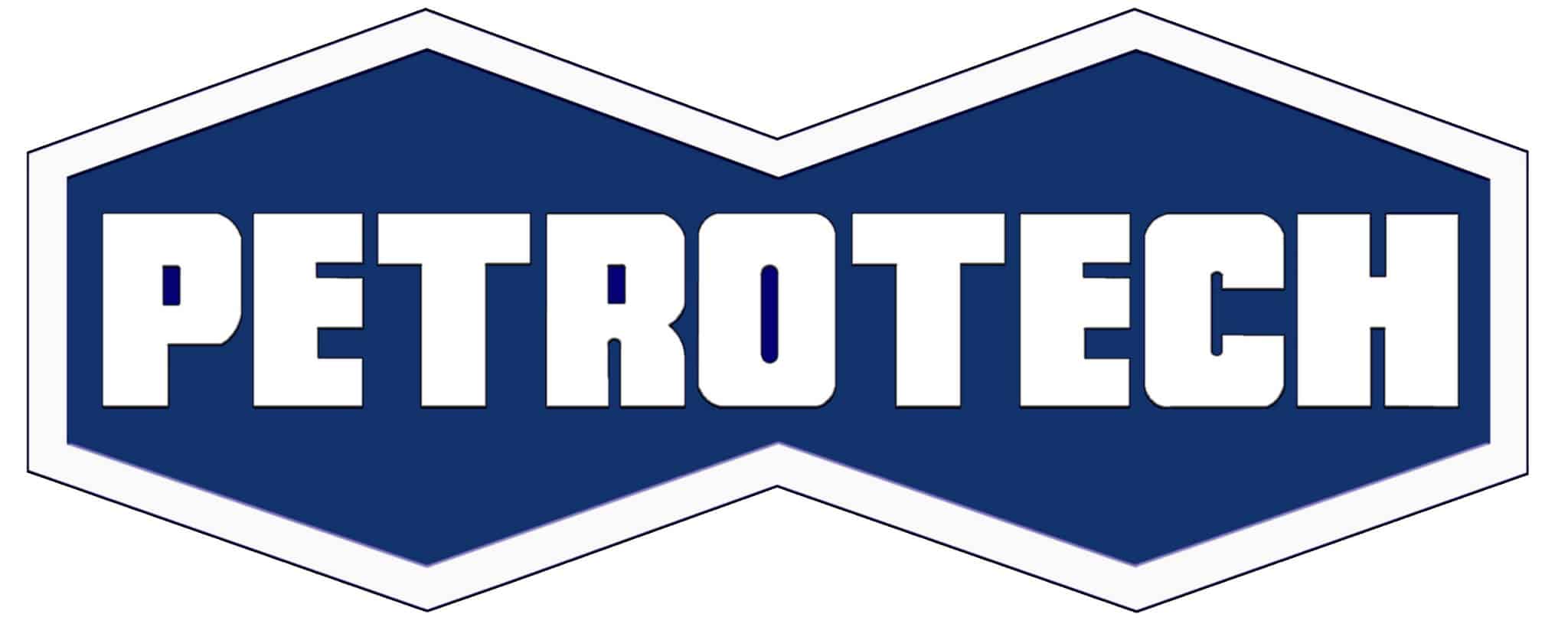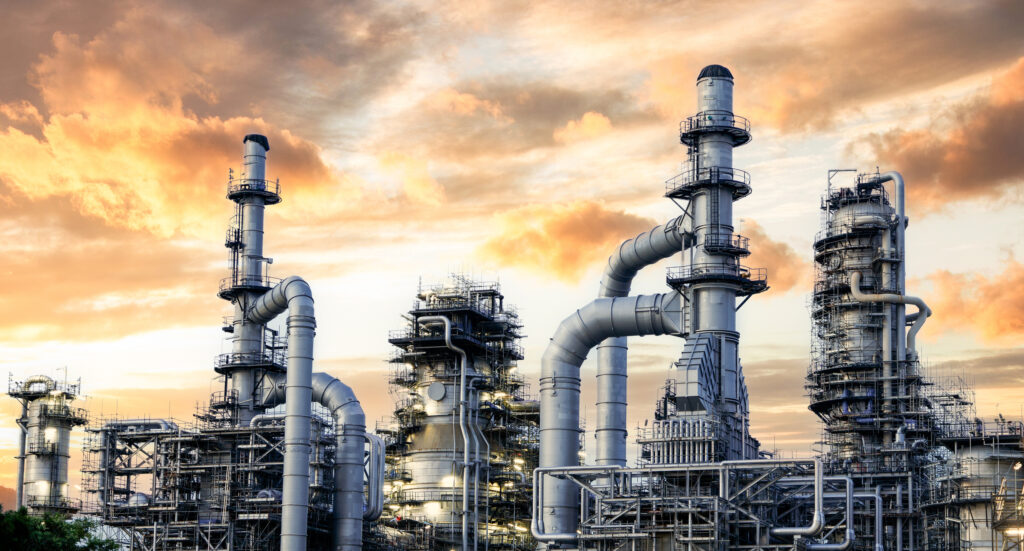Catalytic cracking is a cornerstone process in the refining industry, converting heavy hydrocarbons into lighter, more valuable products like gasoline and olefins. This article examines the working principles of catalytic cracking, the impact of air blowers in the process, and its applications in different industries.
What is Catalytic Cracking Process
Catalytic cracking is a chemical process that breaks down complex hydrocarbon molecules into lighter, more valuable molecules. The following sections provide details of the step-by-step process.
Feedstock Preparation
The process starts with heavy feedstock, such as vacuum gas oil. Before entering the reactor, the feedstock is preheated to 300°C–400°C (572°F–752°F). This preheating step reduces viscosity, improves flow, and ensures efficient mixing with the catalyst. By reaching the optimal temperature, the feedstock undergoes better cracking reactions, leading to higher efficiency.
Catalyst Introduction
Once preheated, the feedstock enters the reactor, where it immediately mixes with a hot powdered catalyst from the regenerator. This catalyst, usually zeolites or similar materials, remains at 690°C–750°C (1274°F–1382°F). The high temperature and catalyst interaction initiate the cracking reaction, hence, breaking down heavy hydrocarbons into smaller, more valuable molecules.
Cracking Reaction
Inside the reactor, the feedstock undergoes thermal and catalytic cracking at 450°C–550°C (842°F–1022°F). The catalyst breaks carbon-carbon bonds, converting large hydrocarbon molecules into smaller fractions such as gasoline, diesel, and olefins. Most of the cracking happens in the riser, completing within 2–4 seconds.
Product-Catalyst Separation
As the reaction progresses, the mixture of cracked hydrocarbons and catalyst moves to the top of the reactor. Cyclone separators then separate hydrocarbon vapors from the catalyst using centrifugal force. The lighter hydrocarbon vapors exit through the top, while the spent catalyst settles in the stripper below.
Steam Stripping
The spent catalyst moves into the stripping section, where steam removes residual hydrocarbons. This step ensures that most hydrocarbons are recovered before the catalyst undergoes regeneration.
Catalyst Regeneration
During cracking, the catalyst accumulates coke deposits, which reduce its activity. To restore its effectiveness, the spent catalyst moves to the regenerator, where the coke burns off at 650°C–760°C (1202°F–1400°F). This restores catalyst activity and generates heat, which helps preheat the incoming feedstock, improving overall energy efficiency.
Catalyst Recycle
Once regenerated, the catalyst returns to the reactor, maintaining a continuous and sustainable cycle. This recycling process ensures consistent cracking efficiency while reducing waste and operating costs.
Product Fractionation
The cracked hydrocarbons flow into a fractionator, where products separate based on their boiling points. Lighter gases rise to the top, mid-range products such as gasoline exit through side draws, and heavier components collect at the bottom for further processing.
Continuous Catalyst Circulation
The regenerated catalyst re-enters the riser reactor through a U-pipe, ensuring a steady, uninterrupted flow. This circulation maintains optimum reactor conditions and enhances process stability.
Emission Control
Modern catalytic cracking units incorporate advanced emission control systems to capture pollutants like sulfur oxides (SOx) and nitrogen oxides (NOx). These systems help meet environmental regulations and minimize the impact on air quality.
Process Control and Monitoring
Throughout every stage, advanced control systems regulate key parameters to maintain efficiency and safety.
- Temperature sensors track heat levels at critical points.
- Pressure controllers ensure safe operating conditions.
- Flow controllers regulate feedstock flow, catalyst movement, as well as product separation.
Impact of Air Blowers in Catalytic Cracking Process
Air blowers play a crucial role in the catalytic cracking process by maintaining efficient and continuous operation. They support key processes such as catalyst regeneration, temperature control, emissions management, and also operational flexibility.
Regenerator Combustion Support
Air blowers deliver the precise air volume requirements to burn coke deposits from the spent catalyst. By controlling air distribution, operators ensure complete combustion, preventing catalyst deactivation as well as equipment damage. This controlled air flow optimizes regenerator performance, hence, improving overall process efficiency.
Enhancing Catalytic Cracking Process Efficiency
Air blowers facilitate the pneumatic transport of catalyst particles, enabling their continuous movement between the reactor and regenerator. This circulation ensures a steady supply of active catalyst, therefore, keeping the cracking reaction efficient and uninterrupted. Without reliable air blowers, catalyst flow becomes inconsistent, reducing Fluid Catalytic Cracking Unit (FCCU) efficiency.
Temperature Control in the Regenerator
Regulating airflow rates allows operators to precisely control regenerator temperatures. The air delivered by blowers supports coke combustion, which generates the heat necessary for catalyst regeneration. Proper temperature management prevents thermal damage while maintaining the high temperatures needed for efficient catalyst activation.
Emissions Management during Catalytic Cracking Process
Well-regulated air blowers ensure complete coke combustion, minimizing carbon monoxide and unburned hydrocarbon emissions. Modern FCCU air blower systems feature advanced control technologies that optimize the air-to-coke ratio, significantly reducing harmful byproducts. These enhancements help refineries meet strict environmental regulations and lower their overall carbon footprint.
Operational Flexibility
Advanced variable-speed drives and automated control systems allow air blowers to adjust dynamically to changing operating conditions. This flexibility enables refineries to process different feedstocks, modify product slates, and respond to market fluctuations while maintaining stable and efficient operations.
Applications of Catalytic Cracking Process in Industries
| Application | Description |
| Gasoline Production | Converts heavy hydrocarbons into high-octane gasoline for transportation fuels. |
| Olefin Production | Produces propylene and ethylene for plastics, synthetic rubber, and chemicals. |
| Diesel and Light Fuels | Generates diesel and other light fuels for industrial and commercial use. |
| Cleaner Fuel Production | Reduces sulfur content in fuels to meet environmental standards. |
| Maximizing Product Yield | Increases the yield of high-value light products from crude oil. |
| Energy Efficiency | Recycles heat and regenerates catalysts for a sustainable process. |
| Supporting Petrochemical Industry | Provides olefins and byproducts for polymers, solvents, and derivatives. |
| Environmental Compliance | Incorporates emission control systems to reduce SOx and NOx emissions. |
Advanced Controls for Catalytic Cracking Process Optimization
Petrotech’s FCCU Blower Control Systems provide comprehensive anti-surge protection and throughput matching to ensure stable and efficient catalytic cracking operations. Our advanced anti-surge control algorithms continuously monitor key parameters such as discharge pressure, flow rate, and compressor speed to detect surge conditions before they occur. By dynamically adjusting recycle valve positions and blower speed, our system prevents damaging surge events, hence, protecting critical machinery from excessive wear and mechanical failure.
In addition to surge prevention, Petrotech’s control solutions optimize blower throughput to match the FCCU’s air demand in real time. Our system regulates air supply based on process load variations, therefore, ensuring the correct air-to-catalyst ratio for efficient coke combustion and catalyst regeneration. This intelligent air management strategy maximizes product yield, enhances reaction efficiency, and also reduces unnecessary power consumption, leading to significant energy savings and lower operational costs.
With nearly 50 years of experience, Petrotech delivers proven Open Architecture control solutions that integrate seamlessly with existing plant systems. Our control platforms offer:
- Lower cost than proprietary systems.
- Standardization with existing hardware to simplify maintenance.
- Minimal spare parts inventory, thus, reducing operational expenses.
- User-friendly interfaces for real-time monitoring and also diagnostics.
Don’t settle for outdated, high-maintenance control systems. Upgrade to Petrotech’s FCCU Blower Control Solutions to enhance reliability, maximize efficiency, and optimize production. Contact us today to learn more.


